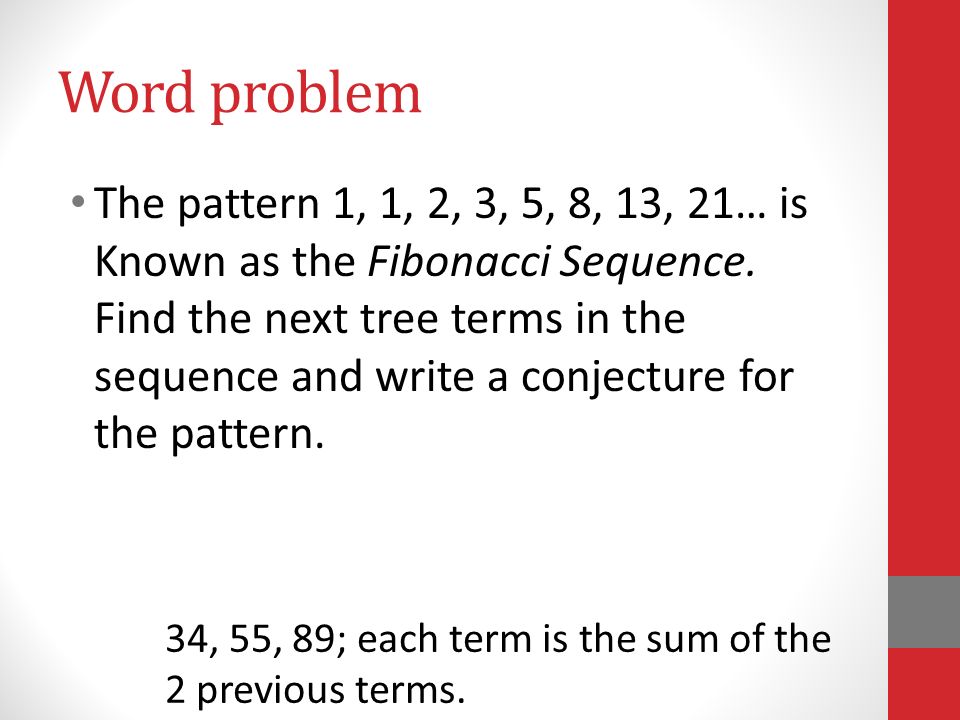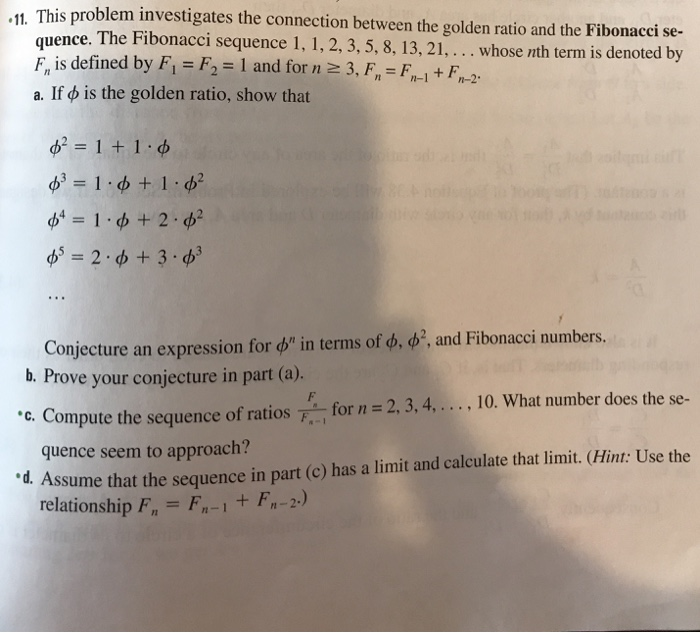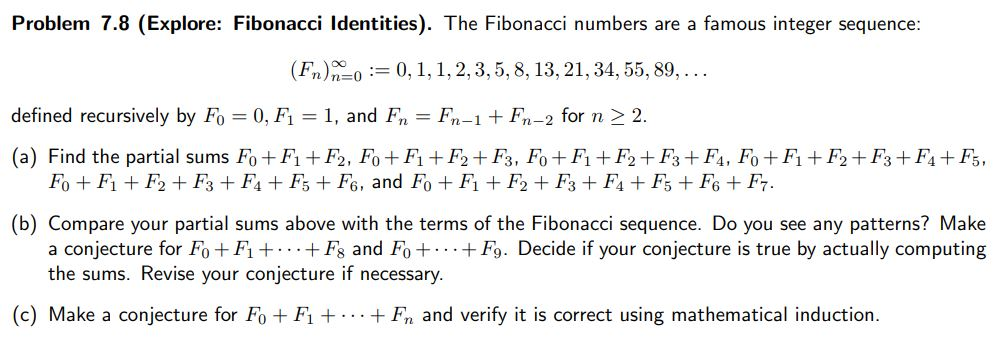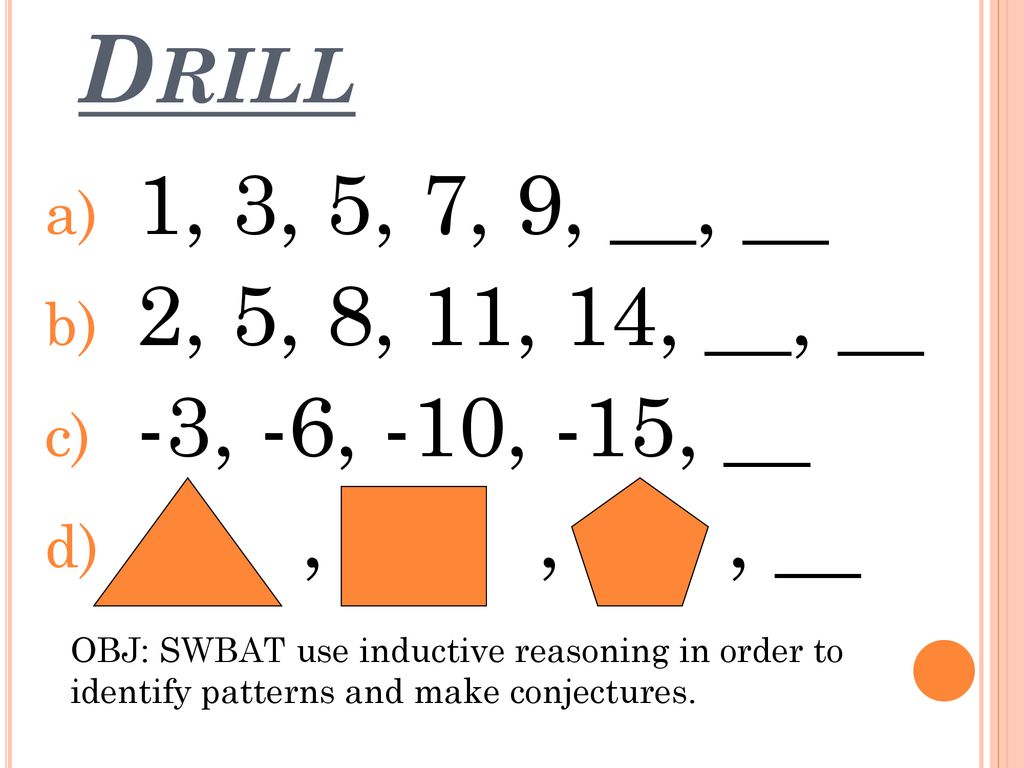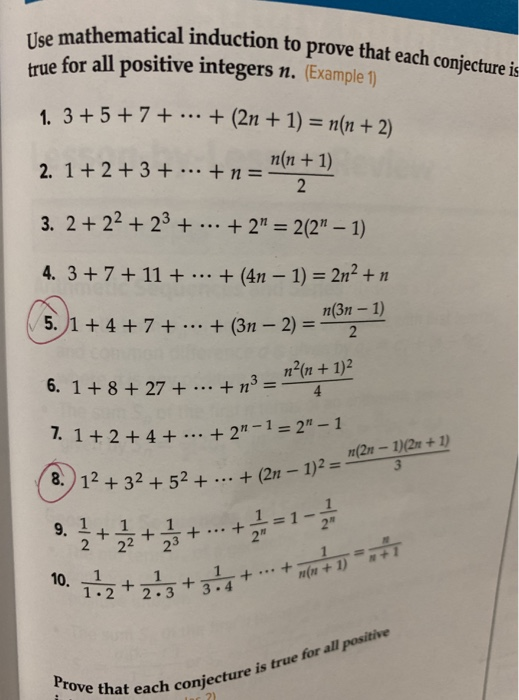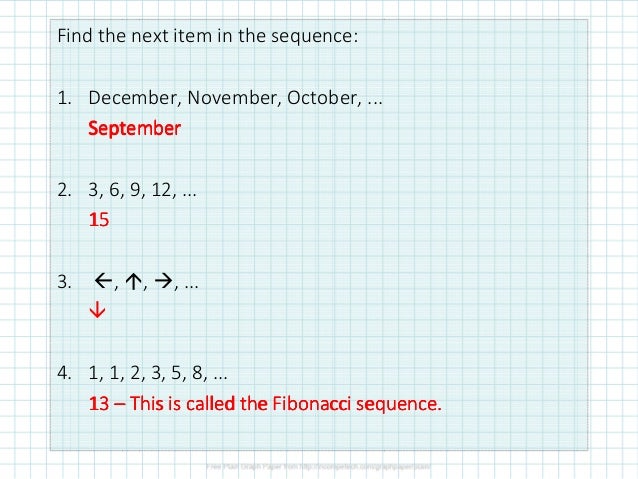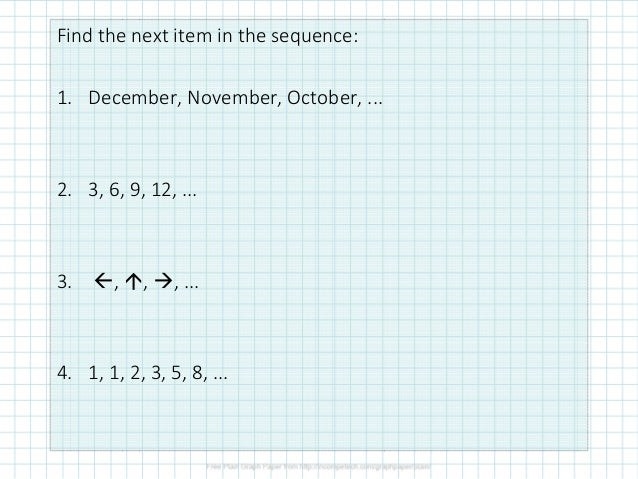1 1 2 3 5 8 Conjecture
If the previous term is even the next term is one half of the previous term if the previous term is odd the next term is 3 times the previous term plus 1.
1 1 2 3 5 8 conjecture. Start with any positive integer n then each term is obtained from the previous term as follows. I three positive integers a b c are called abc triple if they are coprime a b and a b c. Catalan s conjecture or mihăilescu s theorem is a theorem in number theory that was conjectured by the mathematician eugène charles catalan in 1844 and proven in 2002 by preda mihăilescu. The collatz conjecture is a conjecture in mathematics that concerns a sequence defined as follows.
1 1 2 3 5 8 13 21 34 55 89 144 233 377 610 987 1597 2584 4181 6765 10946 17711 28657 46368 75025 so if one wanted to know how pairs of rabbits there would be at the end of 25 months the answer 75 025 could be found using the spreadsheet. For example to do1 5 2 3 do 2 3 1 5 to get 7 15 and read the answer as 7 15 a reduced fraction is a common fraction in its simplest possible form. Prime conjectures and open questions below are just a few of the many conjectures concerning primes. 2 n 1 mod 2 n 2 n 0 mod 2 the conjecture is that for every integer nthere exists a ksuch that tk n 1.
The next number is found by adding up the two numbers before it. You are either counting the 5 16 8 so 3 the 5 16 8 4 so 4 counting until you reach a 4 or 5 16 8 4 2 1 so 6 counting until the repetition would start the sequence never ends but all needs proof eventually repeat 4 2 1 4 2 1 and so each sequence even for the number 4 is infinitely long we just don t care about after the repetition. To get this both the top and bottom numbers of the fraction are divided by the same number and this is repeated if necessary until it is impossible to do so anymore. Thus 55 is the next ter.
For catalan s aliquot sequence conjecture see aliquot sequence. Every even n 2 is the sum of two primes. Goldbach wrote a letter to euler in 1742 suggesting that every integer n 5 is the sum of three primes euler replied that this is equivalent to every even n 2 is the sum of two primes this is now known as goldbach s conjecture. The riddle the conjecture consequences evidence abc hits i the product of the distinct primes in a number is called the radical of that number.
So in your case here 21 34 55. Add the last two terms of the sequence together to get the next one. 0 1 1 2 3 5 8 13 21 34. The fibonacci sequence is the series of numbers.
The integers 2 3 and 3 2 are two powers of natural numbers whose values 8 and 9 respectively are consecutive. The fibonacci sequence is actually quite simple. For example to reduce 150 240.

